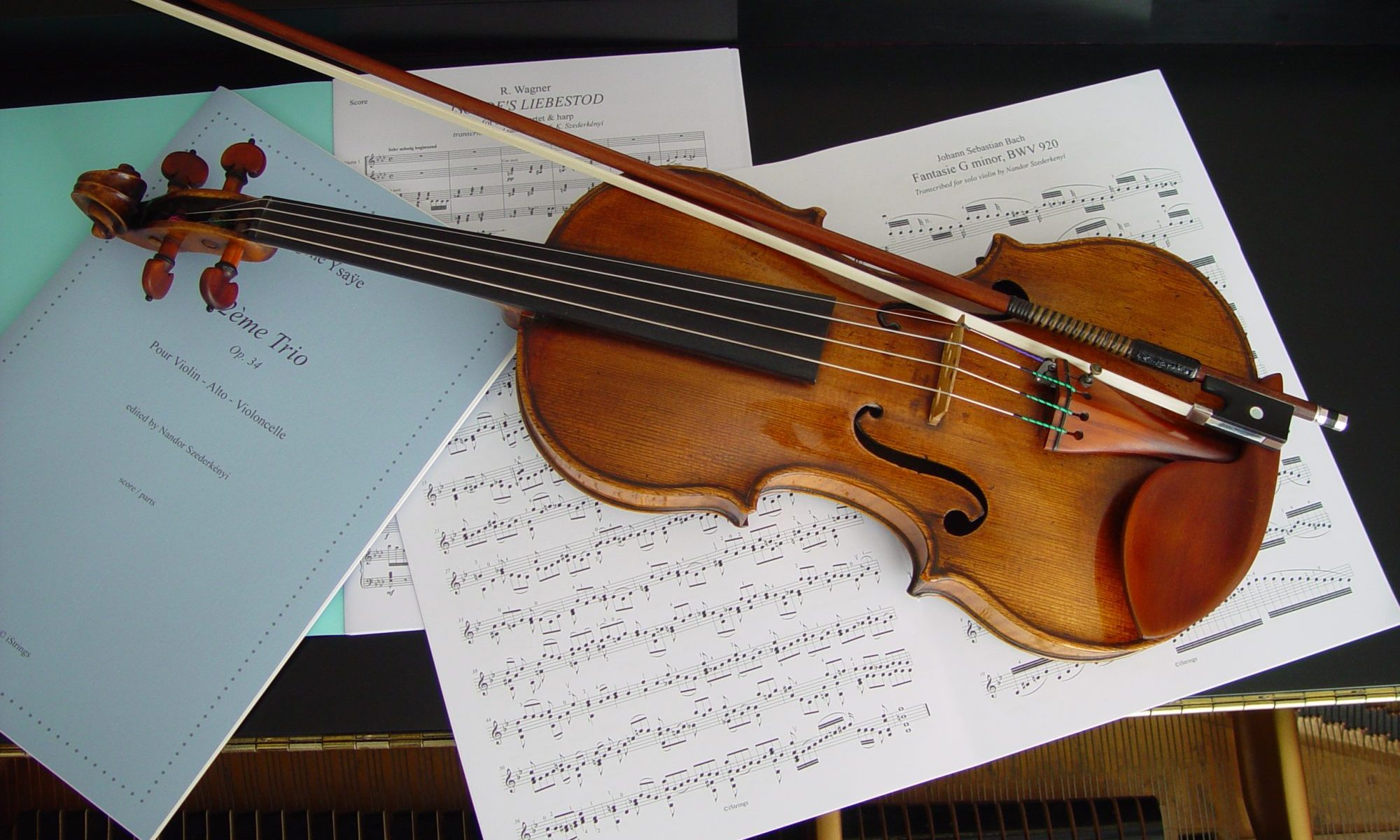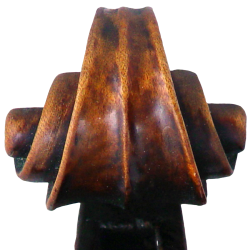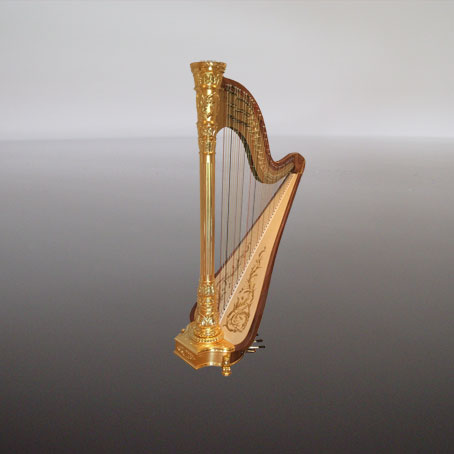Even though there have been huge developments in the harp-making industry in the last century, and there are many wonderful harpists around, I believe that the majority of music lovers still see this beautiful instrument as some gorgeous golden giant, played by sweet girls with lovely curls, wearing fancy gowns, most suited for background music at high society banquets and parties. At symphonic orchestra concerts the harp is also a lovely piece of stage decoration which is often a disappointment when the audience sees the player, but the sound is barely noticeable. Of course, when there are wonderful cadenzas, especially in operas and ballets, everyone enjoys the marvellous spectrum of the lovely instrument, heard but hardly seen in the pit.
And yes, this is exactly what I wish to point out here: the harp is no longer a background colour for some social occasions, it is a highly professional “music making tool”! As with all instruments, there are innovative advancements that instrument factories and players are constantly working on to improve.
If I look at two harps, let’s say an old Erard and a new Lyon & Healy next to each other, the difference is clearly obvious. Already the size and the whole construction in every aspect is completely different.
It is possible to take part in a tour at harp factories observing all the production stages, where they show the process of harp building beginning with wood selection, preparation, how to glue and what kind of methods are used to make the harp more sturdy, etc.. For me, as a violinist who can do small repairs such as bow rehairing, it was amazingly interesting when we took part at a tour of a harp factory. If you are interested, I think the big factories have online tours, so one can get a feel for it. However, being there, smelling the wood, hearing the noise of the tools, and seeing the masters working on the hand-made parts make it a memorable experience. Perhaps, currently, the most interesting and important aspect is the development for a bigger, warmer and rounder sound, having more “bass”, a more brilliant “treble” with more projection of sound, so it can be a more soloistic instrument. In addition, of course, the harp needs to be more robust for transporting, without becoming heavier, using the best materials for mechanical parts and longer-lasting strings. After all, quite often the harpist must manage to transport a harp in a suitable vehicle by him/herself. It may be safe to say, that long gone are the days when performances were interrupted by strings breaking in the middle of a piece!
Comparing the sound of even just 20-30 year old harps with any of the modern instruments from the USA, France, or Italy will prove this great advancement in harp making.
Luckily, we can observe similar developments at music institutions worldwide. The “one professor for one or two students” era is long since past. Visiting any music schools, universities, the harp faculty is most probably very busy, especially when there are few practice rooms with instruments!
However, there is one problem, that is not exclusive for harp, for an instrument used singly in an orchestra of 100 players. Similar to the piano, which is needed even less in an orchestra, and there are many more pianists around, the available work for them falls into categories as soloists, accompanists, chamber musicians, correpetitors and, of course, teachers.
And here I am with my strong sugestion: harpists should get involved in much more chamber music and play as soloists! This wonderful instrument is continually gaining more potential for use on stage as a solo instrument. I am absolutely convinced of that!
I do believe though, that we need some changes in concert programming by showing the harp as a major solo and chamber music instrument, and by widening and expanding the repertoire and by refreshing the taste of listeners to actually gain more interested audiences.


